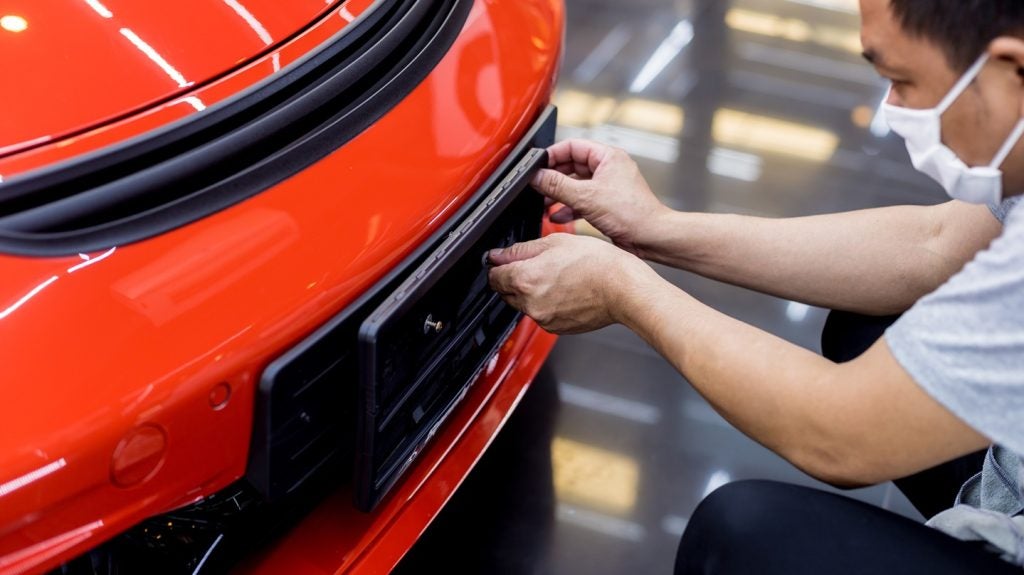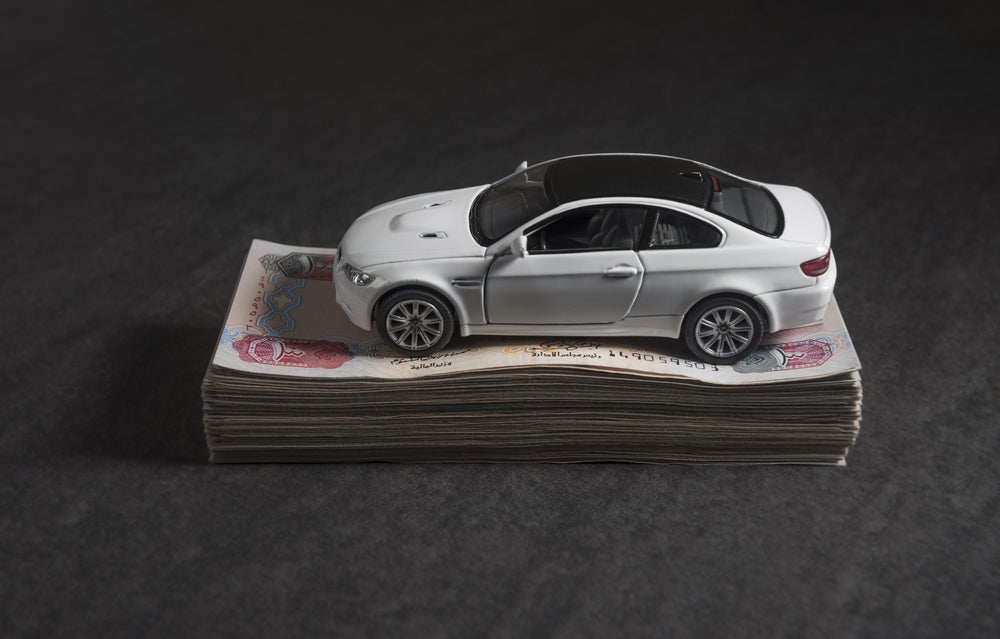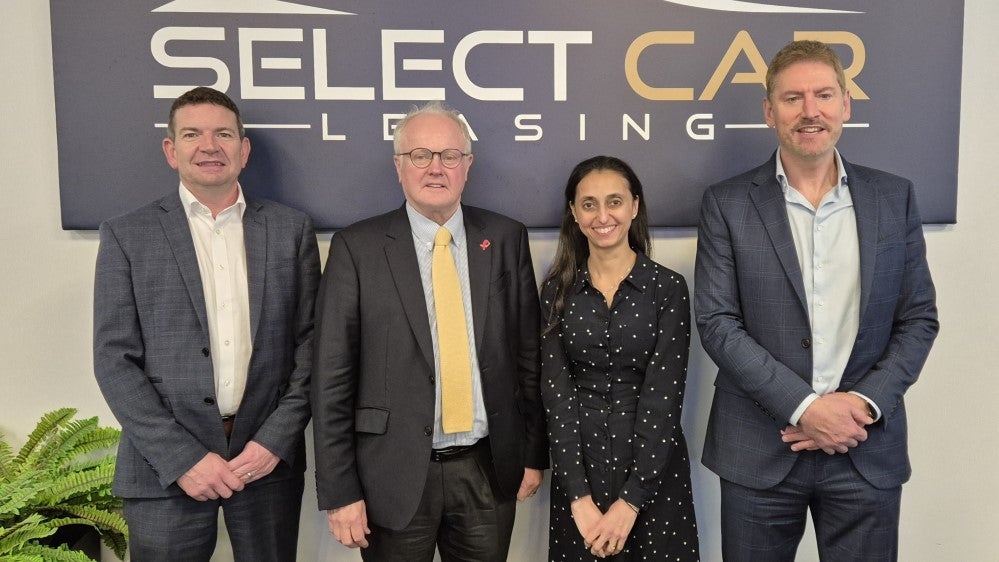Creditplus recently published its How Car Emissions Are Affecting Air Quality in the UK report, analysing the environmental impact of car emissions and what action is being taken by the government and other bodies to tackle the crisis. Motor Finance spoke with director Paul Nash to discuss the whitepaper and the company’s plans for the future.
I think the effect that high pollution has on our environment, and people’s health in particular, is becoming increasingly evident,” explains Creditplus director Paul Nash.
“Certain presidents in the world may well deny that, but the evidence is convincing most people. In particular, children’s health in city centres is suffering, with incidents of asthma increasing. That makes it a very personal thing – it’s not something that is happening on the other side of the world.
“The other thing is that the ability to reduce emissions and pollution is more real and more affordable than it was in the past. The advent of the battery car truly lowers emissions.”
However, Nash concedes that the price gap between electric vehicles and combustion engine vehicles remains too high. “In an ideal world, you would hope that the price between the two would be comparable, but that is not the case,” he notes. “Electric cars cost substantially more to buy.”
Asked what the UK government could do to accelerate the shift to electric vehicles, Nash believes MPs need to get creative. “The easy answer is that they should just increase the subsidies from £3,000 to £20,000 – but we all know that is just not going to happen,” he says.
How well do you really know your competitors?
Access the most comprehensive Company Profiles on the market, powered by GlobalData. Save hours of research. Gain competitive edge.

Thank you!
Your download email will arrive shortly
Not ready to buy yet? Download a free sample
We are confident about the unique quality of our Company Profiles. However, we want you to make the most beneficial decision for your business, so we offer a free sample that you can download by submitting the below form
By GlobalData“One thing they can look at is subsiding finance. If they can’t afford bigger discounts, the government could either provide its own funding for these cars over a longer term than traditionally offered, and at more affordable rates of interest – effectively spreading the cost. Alternatively, like the British Business Bank, they could do what has been done in other areas of the country – they could allow lenders to have government support, enabling them to lend at more advantageous consumer rates.
“If they do that, it would be less about the price of the car and more about the monthly cost. If they can help to get the monthly cost down to something closer to a combustion engine car, then I think this would be a huge step in encouraging people to move to lower-emission cars.”
Benefits of ULEZ
The government rolled out the Ultra Low Emission Zone (ULEZ) in London last month, meaning drivers of non-compliant vehicles now face a £12.50 daily charge to enter the zone. Nash believes the move will help to improve overall levels of air quality in the capital.
“I don’t think it will be immediate, but it will be noticeable and substantial. The benefits won’t be so much from passenger vehicles – it will be a reduction in emissions from vans, delivery vans and commercial vehicles.
“The traffic in London has increased dramatically over the last few years, principally due to people shopping online and opting for their purchased goods to be delivered to their office. At the moment it tends to be diesel white vans. That will now be changing, and I know of ex-clients of mine that are changing their fleet to be much more emission-efficient.”
Nash also believes the introduction of the ULEZ will have an impact on car-buying trends, especially when the zone is expanded to include the entire area between the North and South Circular roads in 2021. “What we will see increasingly in the greater London area is people looking for lower-emission cars, in order to avoid being caught by the charge.”
EV technology
The government has unveiled plans to make all new vehicle sales electric by 2040, which Nash thinks is an achievable goal if the development of electric car technology continues at its current rate.
“Manufacturers are moving to electric cars, and most of them are well on the way to developing the technology they want in order to sell those cars. There is a natural expectation that as the volume of manufactured lower-emission cars grows, the price will drop. But I think that will be quite slow.
“If the government can make the costs for the consumer more affordable, then that will help massively. I am reasonably confident that a substantial number of cars will be electric by 2040 – not all, because there will always be the outlying cars that will not be electric; people won’t be buying electric Ferraris unless they have the same engine throb and noise.”
He continues: “We are looking at ways to make used electric cars more affordable. We know about battery degradation, and therefore how to identify a car that we would proudly provide to our customers. At the moment, it is very difficult when the battery is new, to understand which ones will degrade slowly and which ones will degrade fast. So you need the techniques and the tools to be able to do that, and we have those.
“We are working with companies in order to make electric cars more affordable for their employees. We have new products which we are launching and again, I think people really do want electric cars; their challenge is that the cost per month is so high, and that’s what we are working on.”
Infrastructure
Asked whether he thinks there is sufficient infrastructure to support the large-scale uptake of electric cars, Nash says current worries are somewhat over-exaggerated, while longer-term widespread uptake is cause for real concern.
“If you already have an electric car, the computers on board will show you where the nearest charging points are, and will even show you if someone is using them. So for those people who haven’t experienced it, it’s much more of a stressful situation than those who have got electric cars and realise, with a bit of planning, that they are actually fine.
“The bigger question here is longer term. Plumbing, getting the electricity from where it is generated to where it needs to be, is a big issue. If you imagine at half-time during the World Cup final, when everyone gets up to make a cup of tea, it puts a huge strain on the grid. There are similar issues we would face today if people drive home after work, and at 18:30 everyone turns on their car battery chargers. The strain on the grid would be a real concern.
“The logistics of charging points is also an issue. In many ways, ideally we’d all drive into our driveways and plug our car into the power-point in our garage. But take London: how many people have a garage? How many people have a driveway? What you’re going to have are people with townhouses running electric cables across paths to get to their car. More charging spaces where people live is a must.”
To combat this, Nash believes the development of fast charges is critical. “When you can drive into something that looks like a petrol station, but is in fact an electricity station, and you can plug in and perhaps within 30 seconds get a download that can last you 100 miles – I think that is the key. Then we can truly replace petrol with electricity,” he notes.
“Will we need more investment in infrastructure? Absolutely, yes, but like all things, you probably don’t want to invest more than you have to because the journey is a long one, and as batteries develop, you need to know how people’s behaviours change as well.
“You don’t want to find that the behaviour that people actually adopt is different from what we have predicted.”
Industry Collaboration
The current rules and regulations surrounding electric cars are often inconsistent with one another, according to Nash, who believes there should be a more comprehensive review of the sector to drive uptake.
“It’s really not good enough to say that we’ve got this Brexit thing going, because this question has been out there for a long time and it has not been addressed by successive governments.
“The government could throw the question over to the industry,” suggests Nash. “Say: ‘Solve this issue for yourselves, and we will review it’; That’s generally what happens, but the government aren’t doing that.
“They should ask the industry what they would like to see, reasonably and affordably, to encourage more electric cars on our roads. There are enough well-experienced people that could help come to a conclusion for the government to review.”







